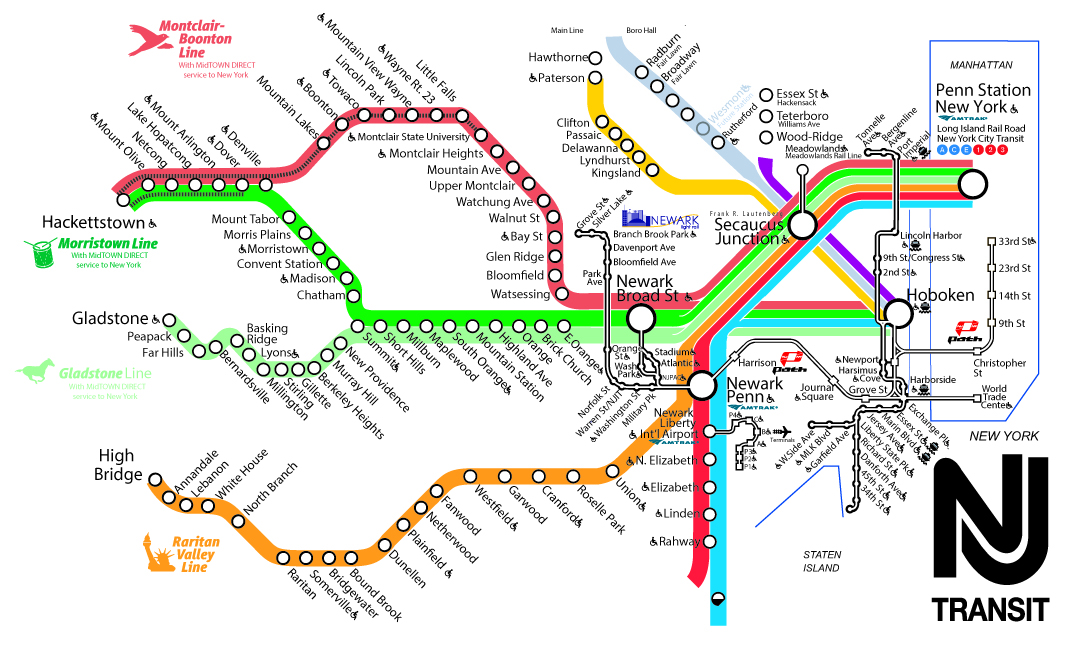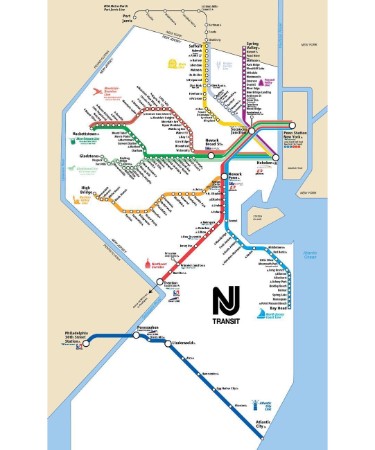

The northern tube of the uptown tunnel was completed this way shortly after work resumed and the southern tube was built the same way. He had workers push a shield through the mud and then place tubular cast iron plating around the tube. When the New York and New Jersey Railroad Company resumed construction on the uptown tubes in 1902, its chief engineer, Charles M. Hudson tunnels shortly after their completion The railroad became so closely associated with McAdoo that, in its early years, its lines were called the McAdoo Tubes or McAdoo Tunnels. It resumed in 1900 under the direction of William Gibbs McAdoo, an ambitious young lawyer who had moved to New York from Chattanooga, Tennessee, and later became president of the H&M. Construction began on the existing tunnels in 1890, but soon stopped when funding ran out. The Hudson & Manhattan Railroad (H&M) was planned in 1874, but it was not possible at that time to safely tunnel under the Hudson River. The PATH system pre-dates the New York City Subway's first underground line, operated by the Interborough Rapid Transit Company. 1.2.7 Newark Airport extension proposals.

1.1.3 External relations and unbuilt expansions.PATH currently uses one class of rolling stock, the PA5, which was delivered in 2009–2011.

All PATH train operators must therefore be licensed railroad engineers and extra inspections are required. Both private and public stakeholders have proposed expanding PATH service in New Jersey, and an extension to Newark Liberty International Airport may be constructed in the 2020s.Īlthough PATH has long operated as a rapid transit system, it is legally a commuter railroad under the jurisdiction of the Federal Railroad Administration (FRA) its trackage between Newark and Jersey City is located in close proximity to Northeast Corridor trackage and shares the Newark Dock Bridge with intercity and commuter trains. In the 2000s and 2010s the system suffered considerably from disasters that affected the region, most notably the September 11 attacks and Hurricane Sandy. As part of the deal that cleared the way for the construction of the original World Trade Center, the Port Authority bought the H&M out of receivership in 1962 and renamed it PATH. From the 1920s, the rise of automobile travel and the concurrent construction of bridges and tunnels across the river sent the H&M into a financial decline from which it never recovered, and it was forced into bankruptcy in 1954. Three stations have since closed two others were re-located after a re-alignment of the western terminus. The system began operations in 1908 and was fully built out in 1911. The routes of the PATH system were originally operated by the Hudson & Manhattan Railroad (H&M), built to link New Jersey's Hudson Waterfront with New York City. It operates as a deep-level subway in Manhattan and the Jersey City/Hoboken riverfront from Grove Street in Jersey City to Newark, trains run in open cuts, at grade level, and on elevated track. Its tracks cross the Hudson River through century-old cast iron tubes that rest on the river bottom under a thin layer of silt. PATH trains run around the clock year round four routes serving 13 stations operate during the daytime on weekdays, while two routes operate during weekends, late nights, and holidays. It is operated as a wholly owned subsidiary of the Port Authority of New York and New Jersey. Port Authority Trans-Hudson ( PATH) is a 13.8-mile (22.2 km) rapid transit system in the northeastern New Jersey cities of Newark, Harrison, Jersey City, and Hoboken, as well as Lower and Midtown Manhattan in New York City.


 0 kommentar(er)
0 kommentar(er)
